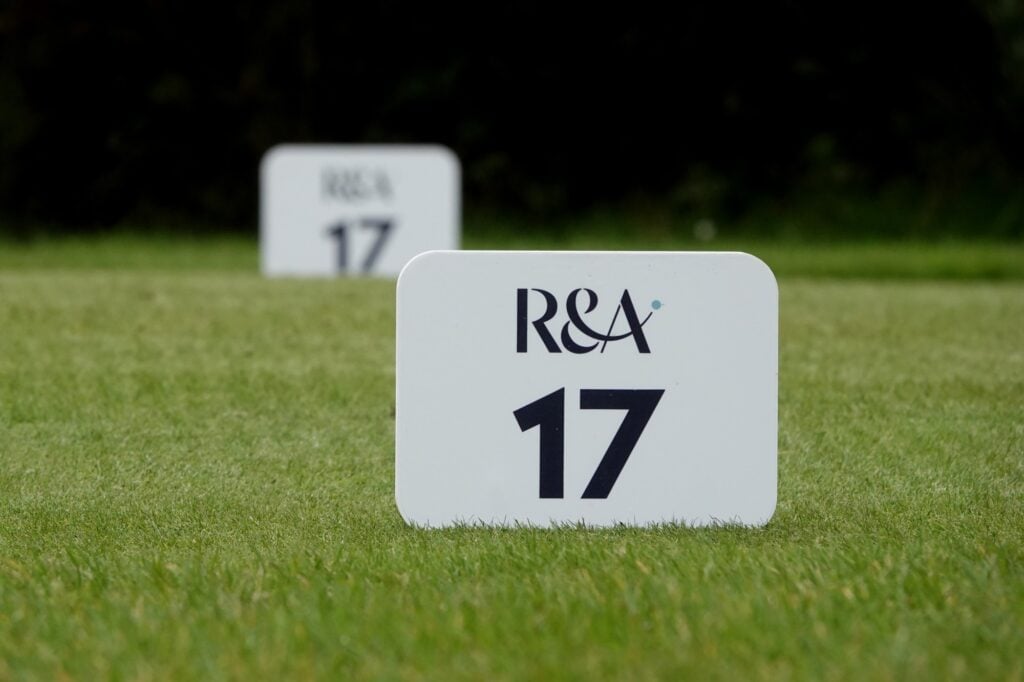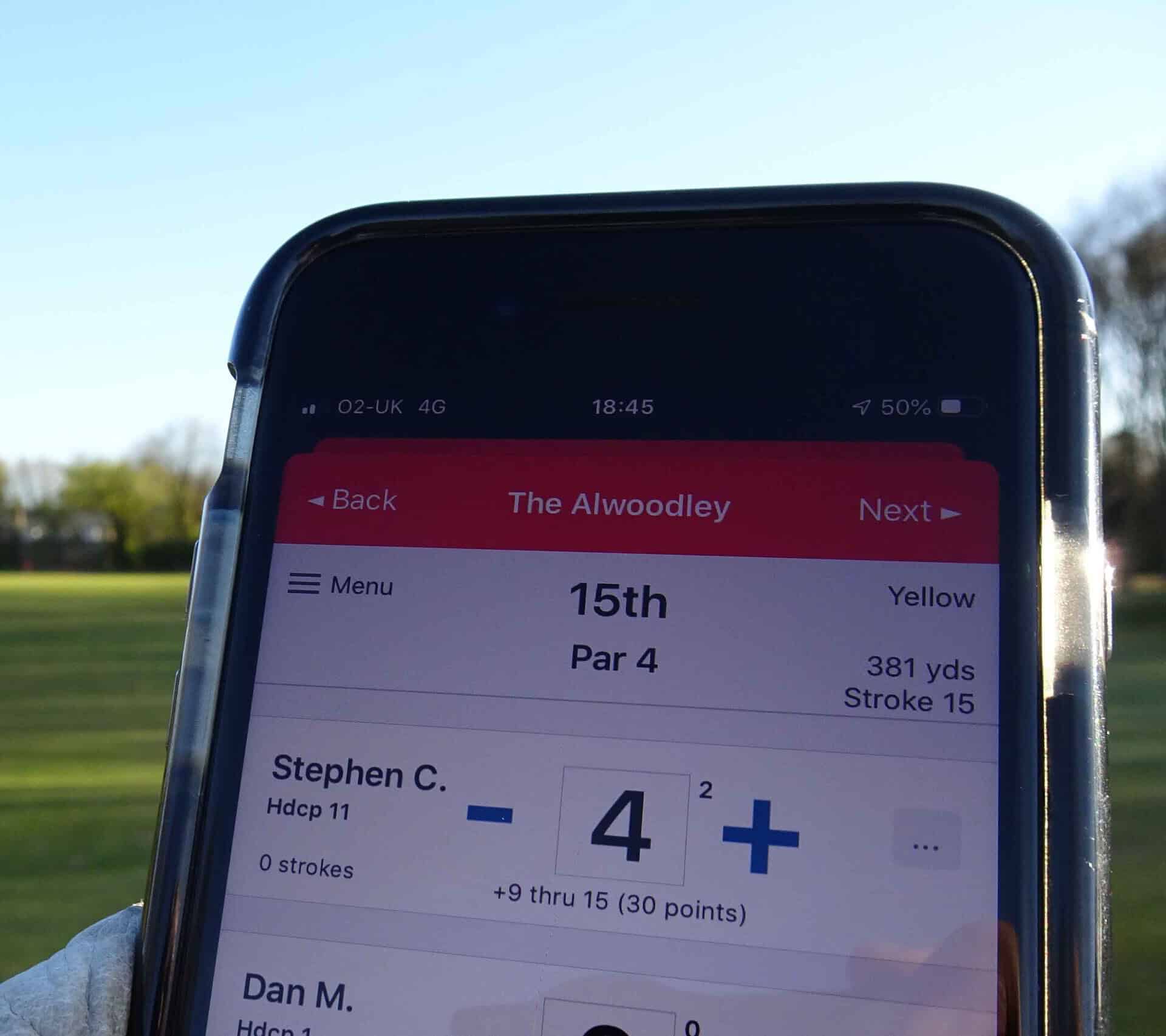One of the biggest things to learn when the World Handicap System was introduced was the Course Handicap.
We’ve been studying boards at clubs, and looking up numbers on our apps, ever since it came into effect in Great Britain & Ireland in November 2020.
But changes have been made to the way your Course Handicap is put together.
And, if your course has holes with different pars – depending on which tees you play from – the rules also allow your club to standardise those on the scorecard.
WHS Changes 2024: Unrounded Course Handicaps
What are unrounded course handicaps?
Your Course Handicap is the number of shots you receive to play the golf course from a particular tee set. You’ll see it on the MyEG app, on the boards at your club, and on clubhouse software.
Before April 2024, if you played in England, Ireland, or Wales, that course handicap was calculated to decimal places before being rounded up to a whole number.
But if your club carries out what are known as “machine precision” calculations – in other words by using software or through the MyEG app, the calculation is now unrounded.
For golfers playing in competitions, it is those figures which are carried forward to calculate the Playing Handicap. And it’s that those digits which are now rounded into a whole number.
The point is it’s exact values – rather than rounded up or down numbers – that are used to create a Playing Handicap in competitions.
It aims to make your handicap index even more accurate and reliable.
But won’t this affect how I work out my handicap for general play rounds?
No. You just enter your hole scores as normal and your club’s software, or the MyEG app, does the rest.
If your club doesn’t have the “machine precision” needed, then you continue to use the Course Handicap tables.

Standardising par
This is a Course Rating solution that allows clubs to use the same par for each gender across all tee sets rated for that gender. The yardages of each hole, and from each tee, will no longer matter.
Advertisement
You all know a course with a hole that might be a par 4 from the back tees but a par 3 from forward.
While some of you might embrace this quirk, it can be confusing for players and look awkward on scorecards.
The Rules of Handicapping give guidance on how to set pars on holes depending on their length. But the rating of different tee sets for genders, and in particular forward tees for men, means a hole that, for example, plays as a par 5 from the back tees could fall short of the minimum par length for that same par from the forward tees.
Previously, the latter would be advised to be set as a par 4. Now, with these new changes, the hole could stay as a par 5.
For clubs wishing to standardise par – and they have the choice – it allows them to make their scorecards easier to follow. It also means players no longer need to think about different pars on certain holes.
Now have your say
What do you think of this WHS handicap calculation around the course handicap, unrounded handicaps and standardisation of par? Will they make any difference to the way you play your golf? Let me know by leaving a comment on X.
Advertisement
